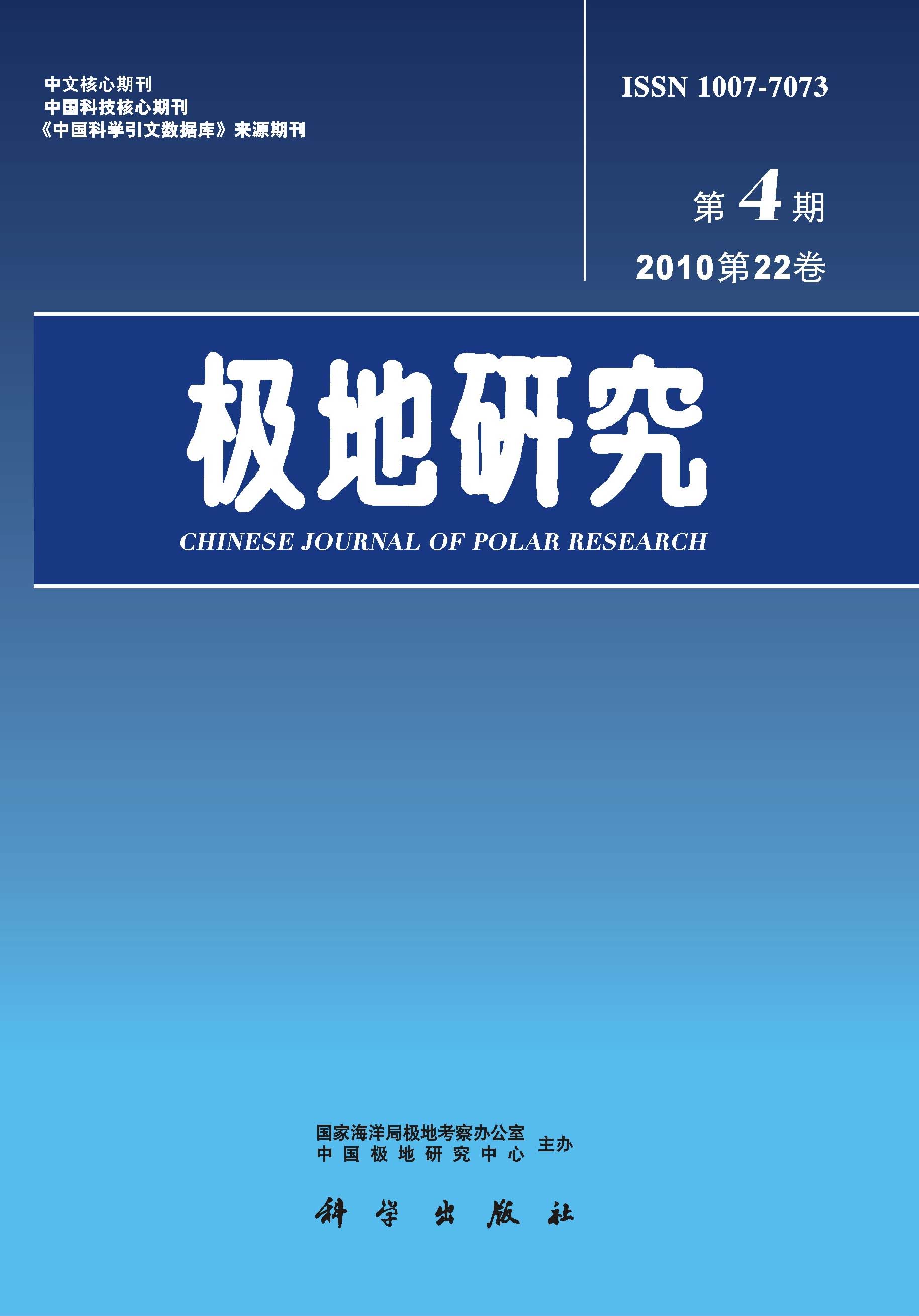Clastic minerals of surface sediments recovered from 23 stations in the sea area northwest of the Antarctic Peninsula were analysed to determine the composition and distribution pattern of the minerals and their sources. This study focused on the clastic minerals of 0.063-0.125 mm size fraction. The average content of heavy minerals in the sediments is 7.3%. The minerals are mainly chinopyroxene, orthopyroxene, hornblende, epidote, magnetite, ilmenite, pyrite, muscovitc, biotite, chlorite, olivine, oxyhorn-blende, garnet, zircon, apatite, rutite, volcanic glass, plagioclase, quartz, etc. Analysis and study were also made for traceclements and rareearth elements of the heavy sand minerals. These minerals are divided into three mineral associations according to their distribution pattern, i.e. (1) pyroxene-volcanic glass, (2) pyroxene-epidote-hornblende, and (3) pyroxene-epidotc-garnet associations, The minerals in this area are also localized in three zones, i.e. (1) the zone dominantly with basic volcanic clastic minerals, which is primarily located at surrounding sea off the south Shetland islands. (2) the zone dominantly with mid-acidie pyroclastic minerals, located at the western adjacent sea off the Antarctic peninsula and Bellingshausen sea. and (3) the zone with mixed the basic-volcanic clastic and metamorphic minerals, located at the eastern part off the south Shetland islands. Environment of the sedimentation were briefly discussed based on mineral investigation.

